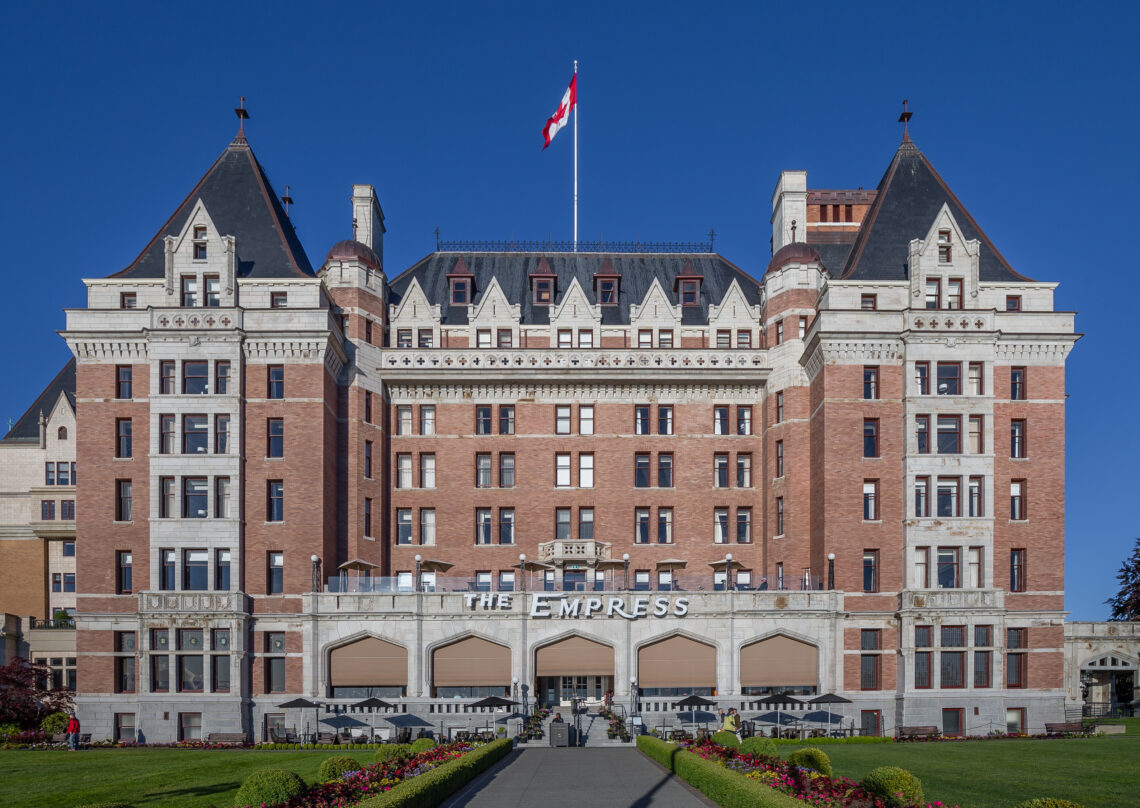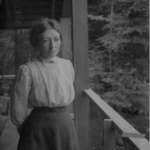The area that is today known as James Bay was traditionally called Whosaykum, meaning “clay” or “muddy” place by the Lekwungen people. When James Douglas arrived to found Fort Victoria in 1842, the land became the property of the HBC and the Bay named in his honour. As the area south of the Inner Harbour was farmed, then settled, three bridges were built over the mudflats, the last in 1869. In 1902 the two-year construction of a stone causeway began in its place using Stone, quarried on Nelson Island. In June 1902 president of the CPR, Sir Thomas Shaughnessy visited Victoria and was bombarded with various hotel proposals from local businessmen. When he returned the following May he made the proposal regarding the causeway lands: “If the city will supply the site and exempt us from taxation and give us free water for 20 years, we will build a hotel to cost not less than $300,000,”. In favour of granting certain tax exemptions to the CPR, citizens voted 1,205 to 46 on July 7, 1904. The project began within a fortnight, the first task filling the mudflats with gravel and dredged harbour muck. The hotel was designed by Francais Rattenbury, the same architect who designed the Legislature and various other buildings of prominence. The Empress Hotel was officially announced to be open to the public on January 21, 1908. The building has since gone through several additions and renovations but still stands strong to this day (Ross, 2018).
References
Ross, T. (2018, May 14). Then and Now: Empress Hotel, James Bay Beacon. https://www.jamesbaybeacon.com/home/2018/5/14/then-and-now-empress-hotel?fbclid=IwAR1rsoI8WW21oFUgWp0IvUd6rvkDne6vo_KwEtZwpE3ngdb8FtQJy_CCFLA





